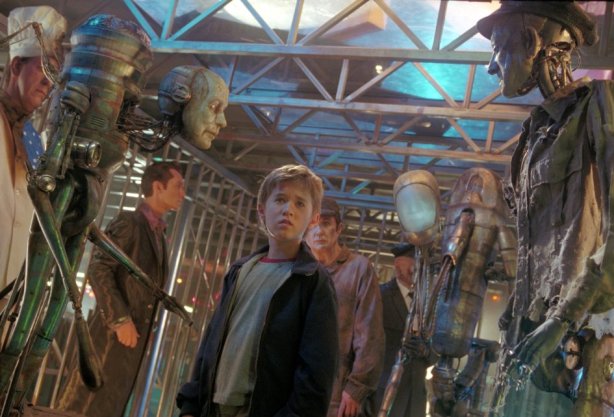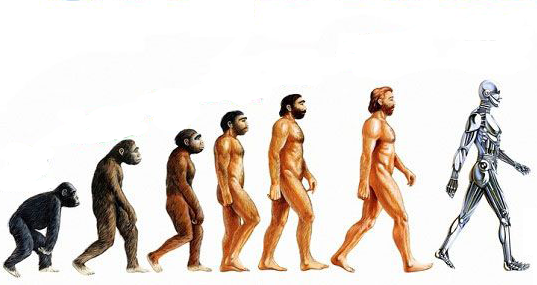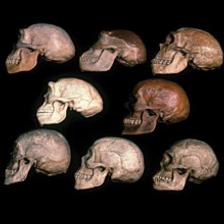
If the Singularity can not be prevented or confined, just how badcould the Post-Human era be? Well … pretty bad. The physical extinction of the human race is one possibility. (Or as Eric Drexler put it of nanotechnology: Given all that such technology can do, perhaps governments would simply decide that they no longer need citizens!). Yet physical extinction may not be the scariest possibility. Again, analogies: Think of the different ways we relate to animals. Some of the crude physical abuses are implausible, yet….In a Post-Human world there would still be plenty of niches where human equivalent automation would be desirable: embedded systems in autonomous devices, self-aware daemons in the lower functioning oflarger sentients. (A strongly superhuman intelligence would likely be a Society of Mind with some very competent components.) Some of these human equivalents might be used for nothing more than digital signal processing. They would be more like whales than humans. Others might be very human-like, yet with a one-sidedness, a dedication that would put them in a mental hospital in our era. Though none of these creatures might be flesh-and-blood humans, they might be the closest things in the new environment to what we call human now. (I. J.Good had something to say about this, though at this late date the advice may be moot: Good proposed a “Meta-Golden Rule”, which might be paraphrased as “Treat your inferiors as you would be treated by your superiors.” It’s a wonderful, paradoxical idea (and most of my friends don’t believe it) since the game-theoretic payoff is so hard to articulate. Yet if we were able to follow it, in some sense that might say something about the plausibility of such kindness in this universe.)
I have argued above that we cannot prevent the Singularity,that its coming is an inevitable consequence of the humans’ natural competitiveness and the possibilities inherent in technology. And yet… we are the initiators.

A textbook dystopia – and Moravec is just getting wound up. He goes on to discuss how our main job in the 21st century will be “ensuring continued cooperation from the robot industries” by passing laws decreeing that they be “nice,” and to describe how seriously dangerous a human can be “once transformed into an unbounded superintelligent robot.” Moravec’s view is that the robots will eventually succeed us – that humans clearly face extinction.





You must be logged in to post a comment.